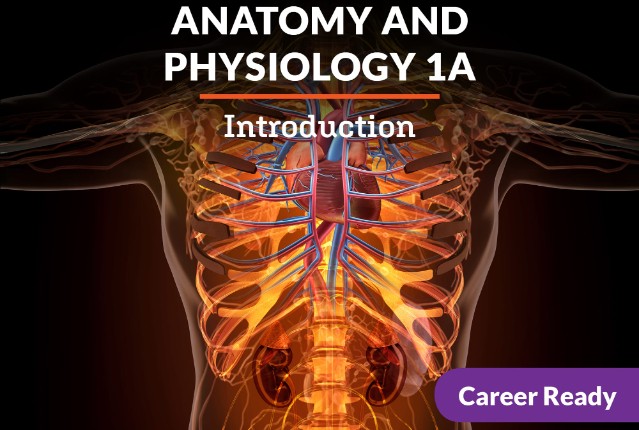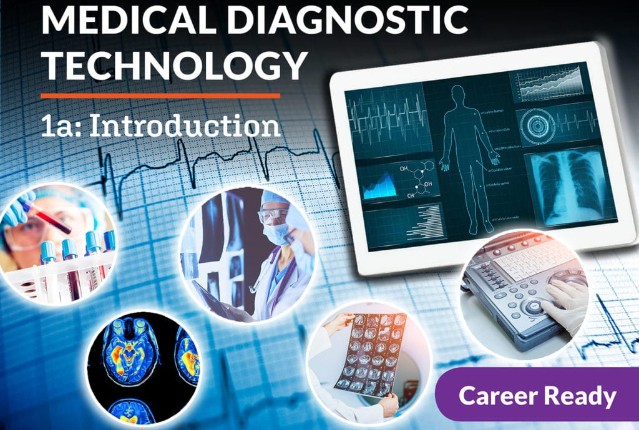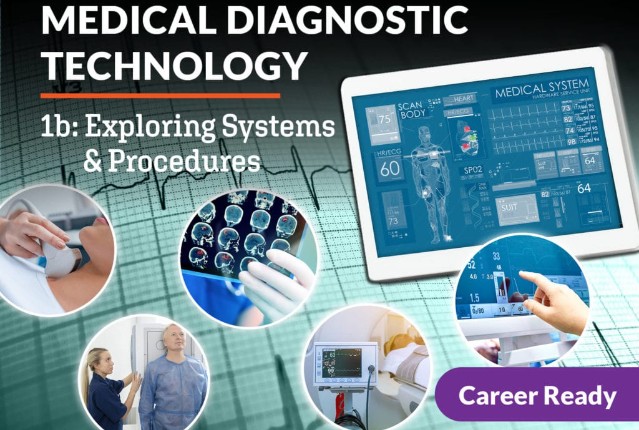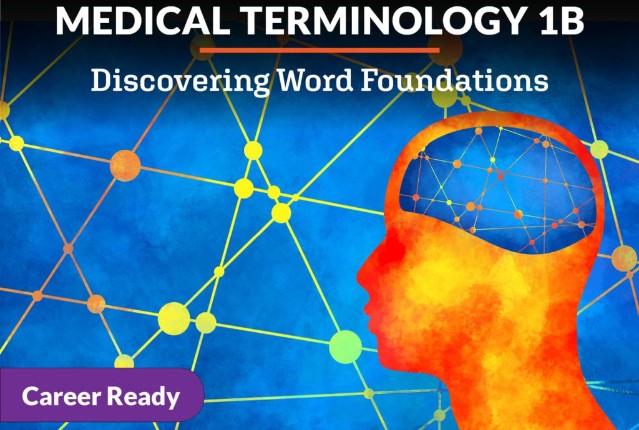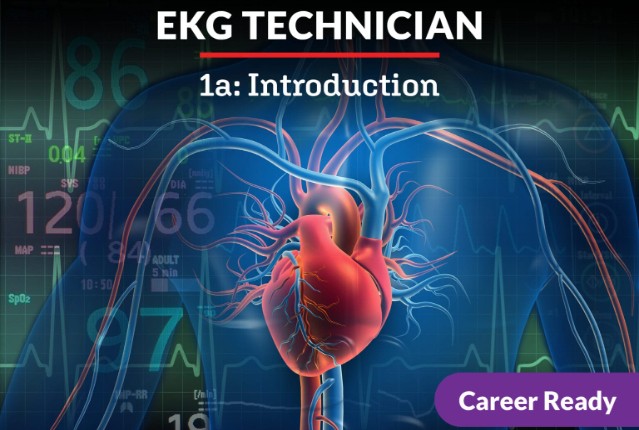
EKG Technician 1a: Introduction
Our hearts are essential to our survival. And EKG technicians play an important role in administering tests and evaluating data given by the electrocardiogram (EKG) to treat patients effectively. Explore the cardiovascular system and its anatomy, and its role in our body, health, and lives. If you’re a people person and want to work in healthcare, build the knowledge and skill base to prepare you for a cardiovascular career.
Review course outlineAccess for a year
USD 299.00*
* Choose more courses to get a discount
